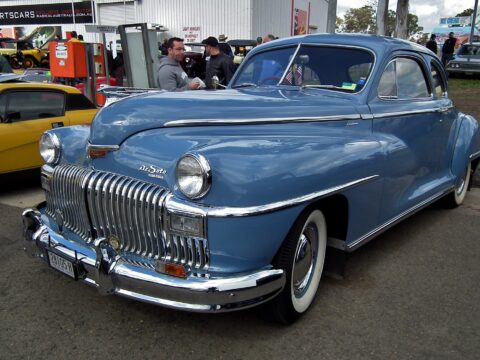Air traffic control is a fascinating and essential part of modern aviation, ensuring that thousands of flights safely navigate the skies every day. From the intricate coordination of aircraft to the skilled controllers guiding pilots, there is much more to this field than meets the eye. In this article, we’ll dive into 10 incredible facts about air traffic control that you need to know, shedding light on the amazing work that goes on behind the scenes to keep us all flying safely.
Contents
Global Network
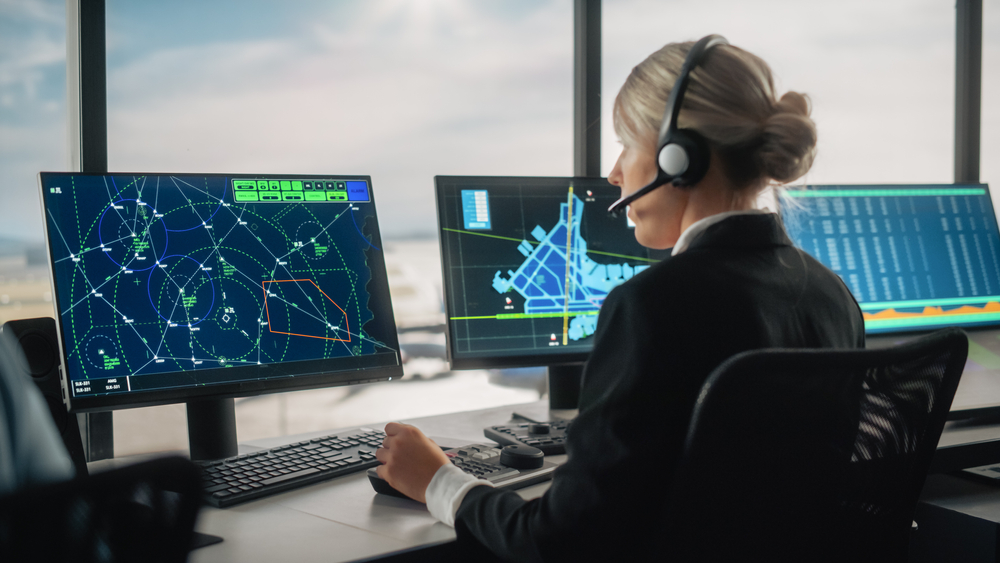
With over 170 air traffic control centers worldwide, the global network of air traffic control is a testament to the collaborative efforts needed to manage international airspace. This extensive network ensures seamless communication and coordination across borders, enabling safe and efficient global air travel.
24/7 Operation
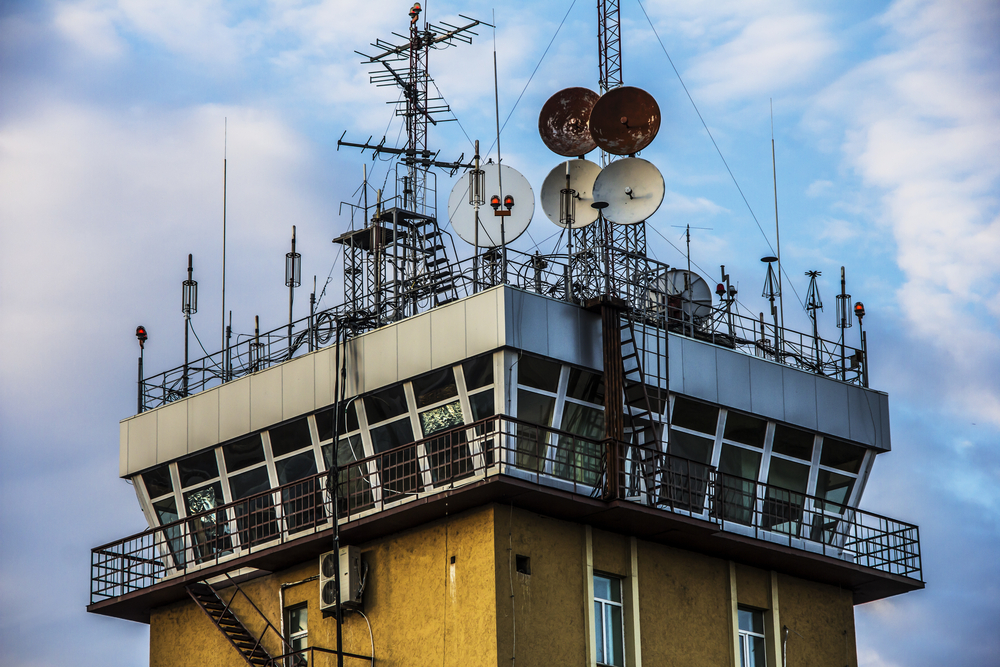
Air traffic control operates around the clock, every day of the year, to manage the continuous flow of air traffic. This relentless operation highlights the dedication and essential role of controllers in maintaining the safety and efficiency of air travel, regardless of time or day.
Controllers’ Workload
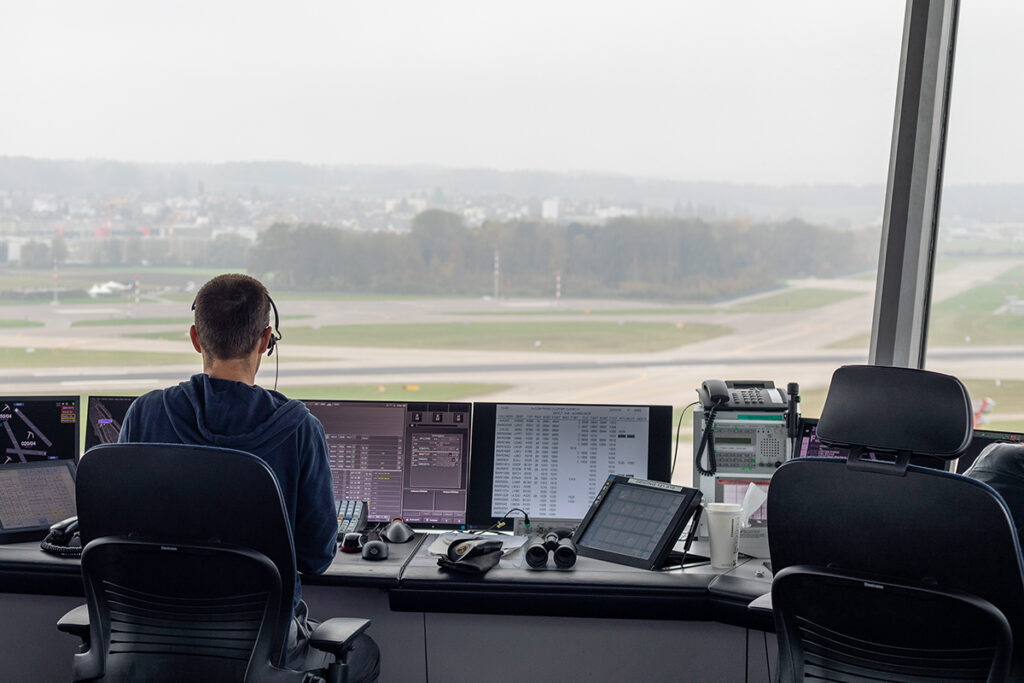
During peak times, a single air traffic controller can handle up to 50 flights simultaneously, demonstrating the high level of multitasking and concentration required. This capability is crucial for managing busy airspaces and ensuring that flights are coordinated safely and efficiently.
Stressful Job
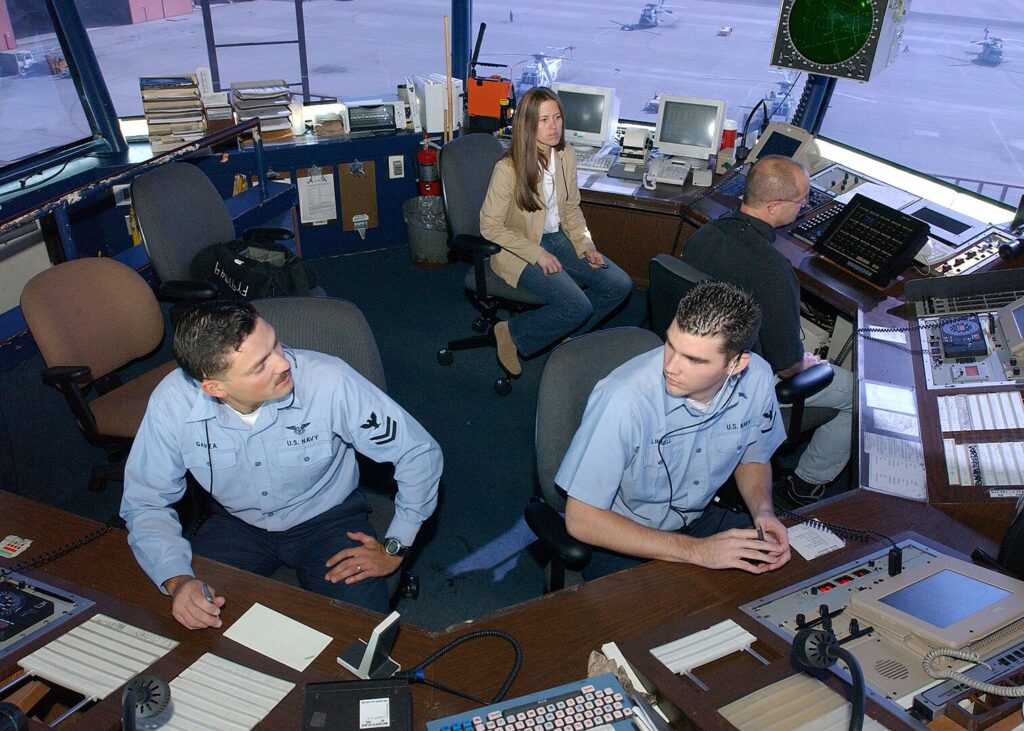
Recognized as one of the most stressful jobs in the world, air traffic controllers must make quick, precise decisions under immense pressure. The responsibility of ensuring the safety of hundreds of passengers on each flight adds to the intensity and demands of the job.
Radar Coverage
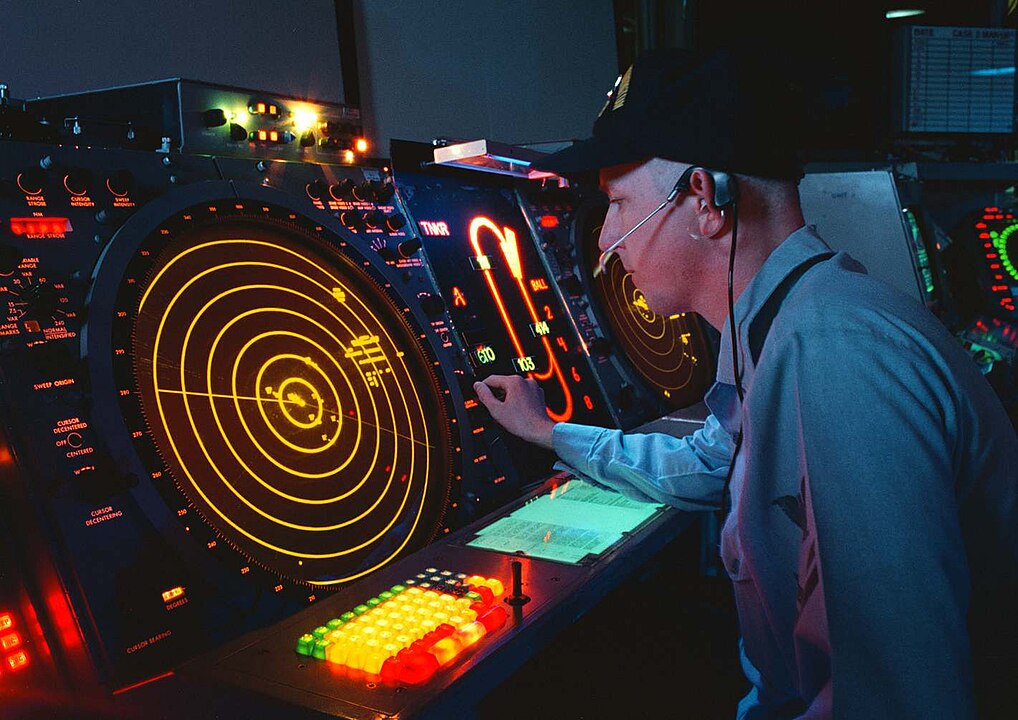
Primary radar systems can track planes up to 60 miles away, while secondary radar extends coverage to 200 miles. These systems are essential for monitoring aircraft positions and ensuring safe separation between flights, especially in busy airspaces.
Flight Levels
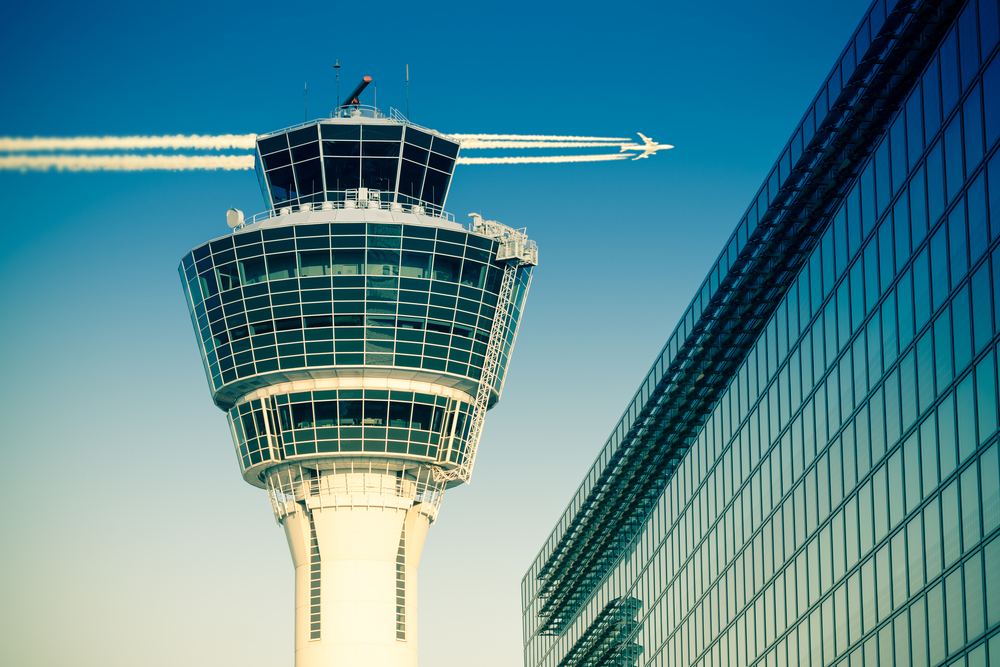
Controllers use “flight levels” instead of altitudes, with levels measured in hundreds of feet. This standardized system helps maintain clear and consistent communication, reducing the risk of misunderstandings and enhancing safety.
Separation Rules
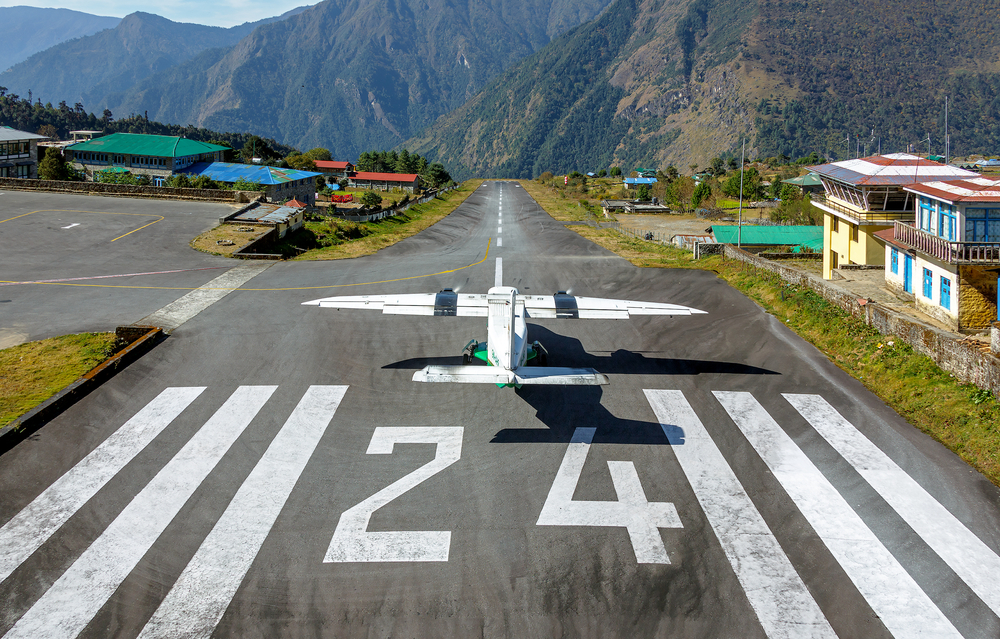
Aircraft must be separated by at least 1,000 feet vertically and 5 nautical miles horizontally to prevent collisions. These strict separation rules are fundamental to maintaining safe distances between aircraft and avoiding mid-air incidents.
Weather Impact
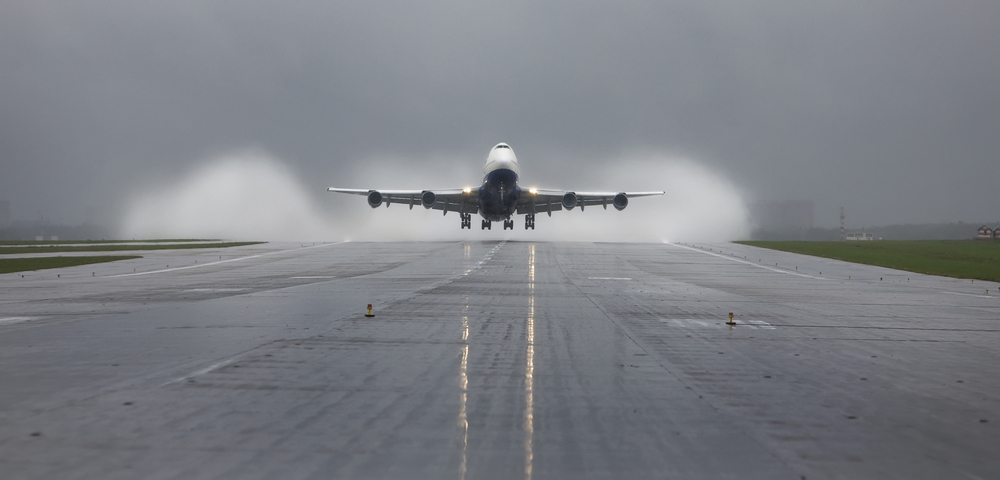
Controllers must constantly monitor and respond to weather changes that can affect flight paths. Adverse weather conditions pose significant challenges, and controllers play a crucial role in rerouting flights and ensuring safe operations in all weather scenarios.
Digital Progress
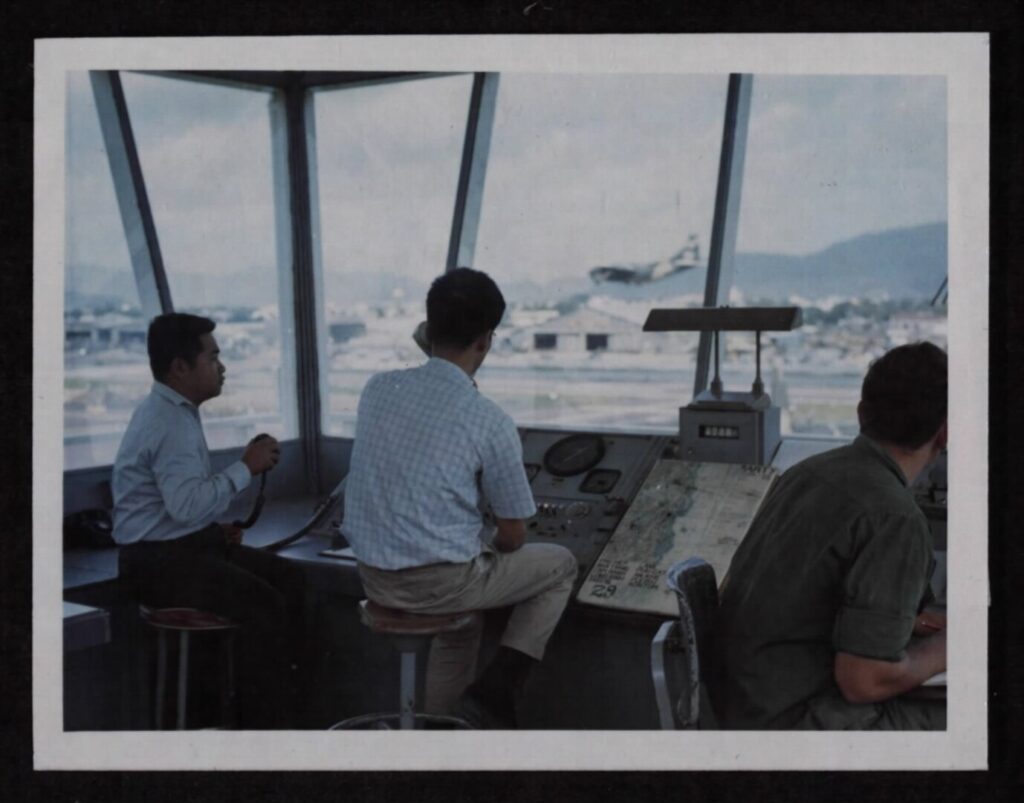
Digital towers are being implemented, allowing remote control of airports. These towers use high-definition cameras and sensors to monitor and manage air traffic, offering flexibility and potentially reducing the need for physical control towers.
Technology Evolution
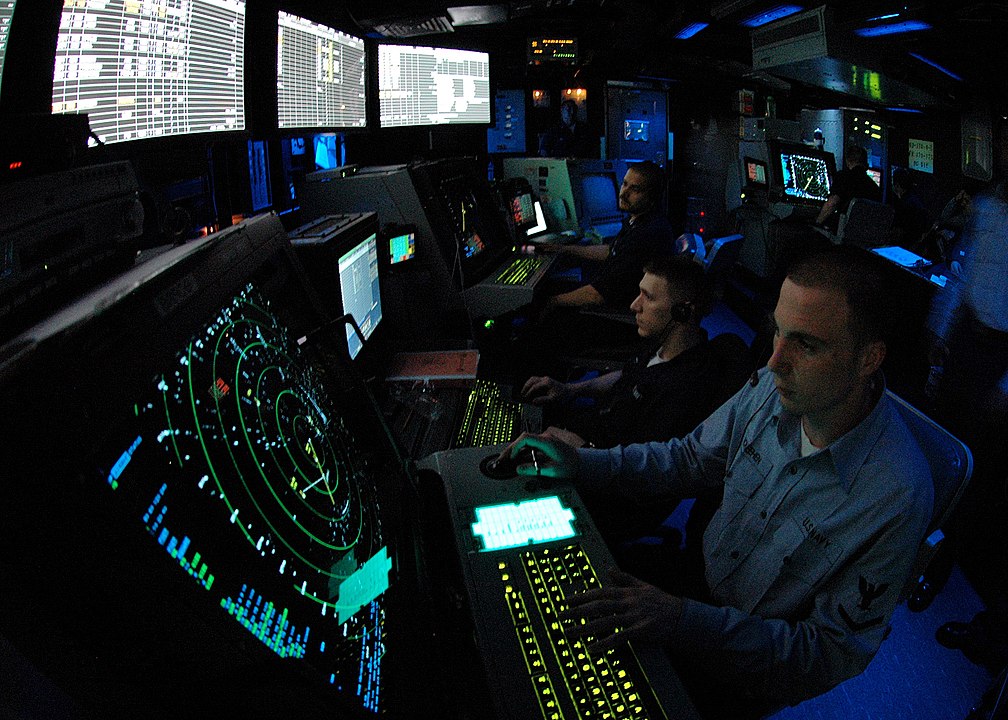
Air traffic control technology is constantly evolving to enhance safety and efficiency. Innovations such as NextGen and SESAR aim to modernize air traffic management, incorporating new technologies and procedures to meet future aviation demands.
This article originally appeared in MyCarMakesNoise.
More from MyCarMakesNoise
15 Most Reliable Trucks for Heavy-Duty Work

When it comes to heavy-duty work, having a reliable truck is essential. The demands of towing, hauling, and navigating tough terrains require a vehicle that can withstand intense pressure and maintain peak performance. Read More.
13 Tire Brands You Should Avoid at All Costs

When it comes to selecting tires, the stakes are high as they directly impact your vehicle’s performance and safety. Unfortunately, some brands fall short of delivering the quality and reliability needed. Read More.
16 Lesser-Known Military Vehicles with Impressive Histories

Military history is filled with iconic vehicles, but some of the most remarkable machines often fly under the radar. In this article, we’ll uncover 16 lesser-known military vehicles that have played crucial roles in conflicts around the world. Read More.



